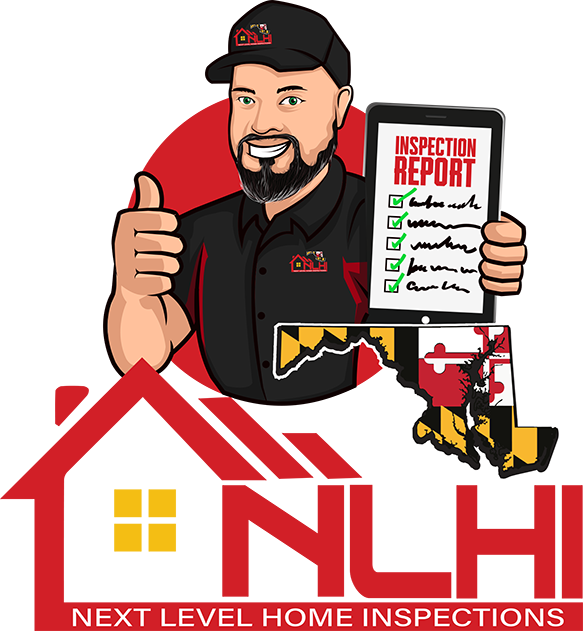Renters Inspection
Renters Inspection Services in Maryland
Before moving into a new rental house or at any time throughout their tenancy, tenants should do a renter's home inspection to look for any concerns or problems that could endanger their safety, security, or comfort. Renters might use a home inspection to find problems or damages that existed before they moved in, as well as to check that the house is in excellent shape and complies with building rules and safety requirements.
An outline of what a renter's home inspection comprises is provided below:
Step 1: Examine the leasing contract.
Renters should read their lease agreement before moving into a rental home to understand both their obligations and those of the landlord. The terms of the lease may specify whether maintenance and repairs, such as fixing leaks, faulty appliances, or damage present before the tenant moved in, are the landlord's responsibility. Renters can decide what sections of the rental property they should concentrate on during the inspection by understanding the lease agreement.
Plan an inspection in step two.
Before moving in or as soon as practical after moving in, tenants should arrange an inspection with the landlord or property management. The renter should request the landlord or property manager's presence during the inspection so they may document any problems or damages discovered.
Step 3: Evaluate the home
The renter must thoroughly inspect the rental unit during the inspection to find any faults or issues. It is advised to start with the building's façade before moving inside and carefully checking each room and space. The following areas need to be looked over:
Exterior:
Roof: Look for any fractures or leaks or missing shingles.
Make sure the gutters and downspouts are free of obstructions and securely fastened to the building.
Siding or stucco: Inspect the external walls for any cracks or damage.
Make sure your windows and doors are secure and well-sealed.
Foundation: Check for any settling or cracks.
Interior:
Check the walls and ceilings for any cracks, water damage, or mold growth.
Check the flooring for any stains, damage, or cracks.
Electrical system: Verify that all switches and outlets are operational and that no exposed wires are present.
Plumbing: Look for leaks around the water heater, in the toilet bowl, and under sinks.
Check that all of the appliances, such as the dishwasher, stove, and refrigerator, are in good operating order.
Heating and air conditioning: Verify that the filters are clean and that the heating and cooling systems are functioning properly.
Step 4: Record any problems or damage.
The tenant must record any problems or damages discovered during the inspection, including by taking pictures or videos. The location and extent of the problem or damage should be noted as precisely as you can. When leaving the property or in the event of a disagreement with the landlord, this documents might be cited as proof.
Step 5: Let the landlord know.
Following the inspection, the renter must report any problems or damages to the landlord or property manager. The damage or difficulties should be listed in writing by the renter, who should then ask that they be fixed right away.
Follow up with the landlord in step six.
Tenant should follow up to make sure that repairs have been performed if the landlord promises to fix the problems or deal with the damage. Tenant may need to take legal action to enforce their rights as a tenant if the landlord won't make repairs or take care of the problems or damages.
In conclusion, a tenant's home inspection is a crucial procedure for tenants to make sure that their rental property is in good shape and complies with building rules and safety requirements. Renters can find any problems or damages and make sure they are fixed by adhering to the preceding guidelines.

